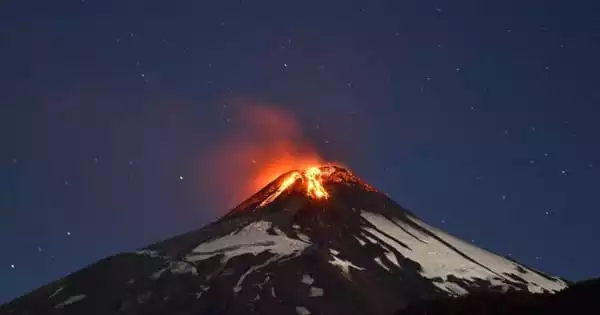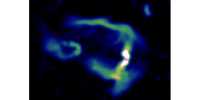These days, finding peace and quiet is difficult since even the most secluded locations are now disturbed by noise pollution from aircraft, traffic, and general anthropogenic fuss. Similar to a threatened species, silence clings to existence in remote areas, and it may have discovered its best haven in the Haleakal Crater on the Hawaiian island of Maui.
The inactive shield volcano that makes up about 75% of the island’s surface stands over the 2,600-foot (790-meter) deep crater, which is claimed to be the quietest location on Earth. The crater is accessible only after a 10,000-foot (3,050-meter) hike, and inside the huge hollow, sound levels are allegedly so low that visitors can hear their own heartbeat.
It’s difficult to determine if Haleakal is indeed the world’s quietest place, although it does have a lot of distinctive features that contribute to soundproofing. For example, the crater’s depth helps to block out wind, while the parched terrain is largely free of chattering animals or rustling plants.
Noise levels inside the crater can be as low as ten decibels, according to a PBS program. The US Department of Transportation’s most recent study, carried out in 2003, found that the average sound pressure level inside the hollow was roughly 35 decibels.
That is the same as the suggested background noise level for classrooms, for comparison. Therefore, fairly quiet.
The Haleakal National Park is, like the majority of other pristine natural attractions, being put in danger by anthropogenic noise pollution. In 2013, a sound monitoring survey outside the crater found that 28.6% of the time, helicopter noise could be heard, indicating the rising popularity of airborne tourism around the volcano.
According to the same study, natural sounds in the park topped 35 decibels for 6% of the time throughout the day, while human-made noise pollution exceeded this level for 3% of the daytime hours. Even though it may not seem like much, conservationists working to protect the world’s natural soundscapes are concerned about it.
A rising amount of research shows that noise pollution has a grave impact on a variety of ecosystems and habitats. For example, in the world’s oceans, shipping noise is displacing marine life more and more, and some studies indicate that rising noise levels may endanger the existence of hundreds of species.
As a result, in order to safeguard the acoustic environment within Haleakal National Park, the Natural Sounds and Night Skies Division (NSNSD) has been working to set appropriate standards for soundscape quality.















